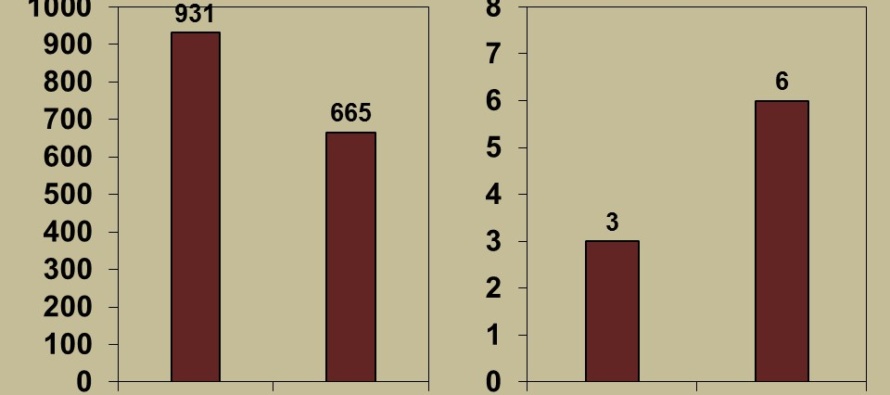Tarnished Plant Bugs in 2016

Related Articles
- Fertilizing Cotton with Poultry Litter 5
- Mississippi Cotton Insect Situation of 2010: A Look Back 3
- Bayer CropScience-O.A. Cleveland Weekly Cotton Commentary 0
Latest Tweets
What has happened with tarnished plant bug this year?
That has been the million dollar question this year in cotton. Numerous consultants have told us that tarnished plant bug populations are lower than they have ever seen in their careers (up to 40 years in some cases) and it is definitely the lightest year in our careers. In many cases, we are hearing about situations where it is 20-30 days or more between applications. In reality, the number of sprays have been steadily decreasing since about 2013, but there has been a dramatic drop in the number of sprays so far this year in most areas. Of course with insects we can never be sure what influences populations, but we have a few ideas of factors that may be affecting tarnished plant bug populations.
The first thing we need to think about is the trend of decreasing sprays over the last 3 years. Several things are likely contributing to this. Most importantly has been the adoption of several best management practices from our tarnished plant bug IPM program. Of those, planting a hairy-leaf variety as early as possible and the widespread use of Diamond early in the season has helped reduce populations across the landscape.
Another thing that has happened was the registration of Transform in 2013. This gave us another critical mode of action that provides good control of plant bugs. Adoption of this insecticide has become the foundation of our overall IPM program because it provides good control of plant bugs without the likelihood of flaring other pests such as spider mites and aphids. Fortunately, we were granted a Section 18 to continue moving our overall IPM program forward in 2016. This insecticide has been very important for full implementation of the IPM program and it’s early use in 2016 is likely contributing to the lower populations. Although other factors are influencing populations, the importance of another insecticide class cannot be ignored.
 This figure shows the importance of the tarnished plant bug IPM program in Mississippi. These numbers are from Scott Graham’s M.S. research that was conducted at 2 locations and 2 planting dates in Mississippi. Lint yields were greater in the IPM program despite half the number of sprays in the standard program. Although other things are influencing populations, the importance of the IPM approach that includes scouting and widespread use of certain insecticides such as Diamond and Transform can not be discounted. These are the only 2 insecticides that resistance has not been found in, so the higher level of control over a wide area is likely suppressing overall populations across the Delta.
This figure shows the importance of the tarnished plant bug IPM program in Mississippi. These numbers are from Scott Graham’s M.S. research that was conducted at 2 locations and 2 planting dates in Mississippi. Lint yields were greater in the IPM program despite half the number of sprays in the standard program. Although other things are influencing populations, the importance of the IPM approach that includes scouting and widespread use of certain insecticides such as Diamond and Transform can not be discounted. These are the only 2 insecticides that resistance has not been found in, so the higher level of control over a wide area is likely suppressing overall populations across the Delta.
Perhaps one of the biggest factors that has helped reduce populations in individual fields this year has been the big increase in cotton acres. More cotton fields means that populations are spread out over a greater area. In recent years, we have had less cotton and populations were more concentrated on fewer acres.
Another factor has been the weather throughout the spring and early summer. Timely rainfall that has helped most of our crops has also resulted in wild hosts remaining viable and lush longer into the season than in recent years. We are finding significant populations of tarnished plant bugs in several non-crop areas. Because the host plants in those areas are healthy and flowering, the plant bugs have no reason to leave them and move into cotton.
From all reports, it sounds like we have a good cotton crop throughout most of the state. August is typically a hot dry month so things can turn around quickly. Many of the wild hosts, as well as crop hosts, will begin to dry down over the next couple of weeks. This may result in populations beginning to utilize cotton more frequently for feeding and reproduction. Continue to monitor fields closely throughout the rest of the season and hope for good harvest conditions.




Let me tell You a sad story ! There are no comments yet, but You can be first one to comment this article.
Write a comment